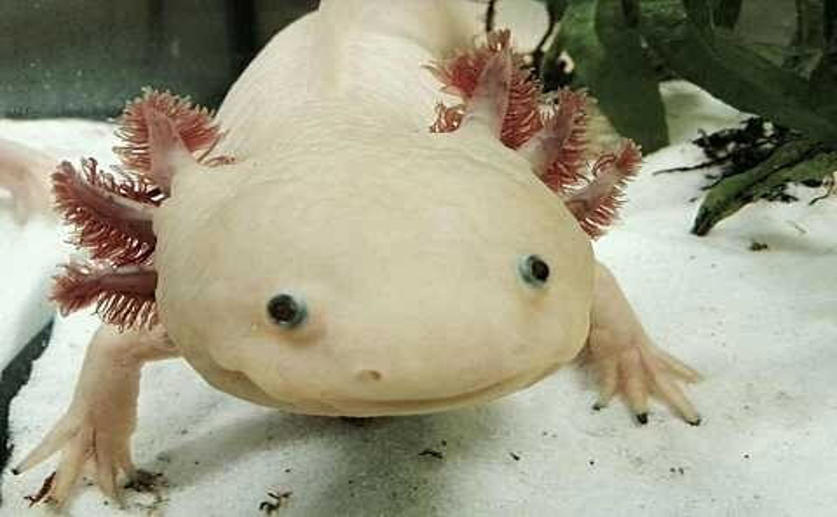
This archived news article is over 5 years old.
Public Axolotl Genomic Database Will Help Researchers Study Tissue Regeneration
David Jennings
17th January, 2017


David Jennings
17th January, 2017
